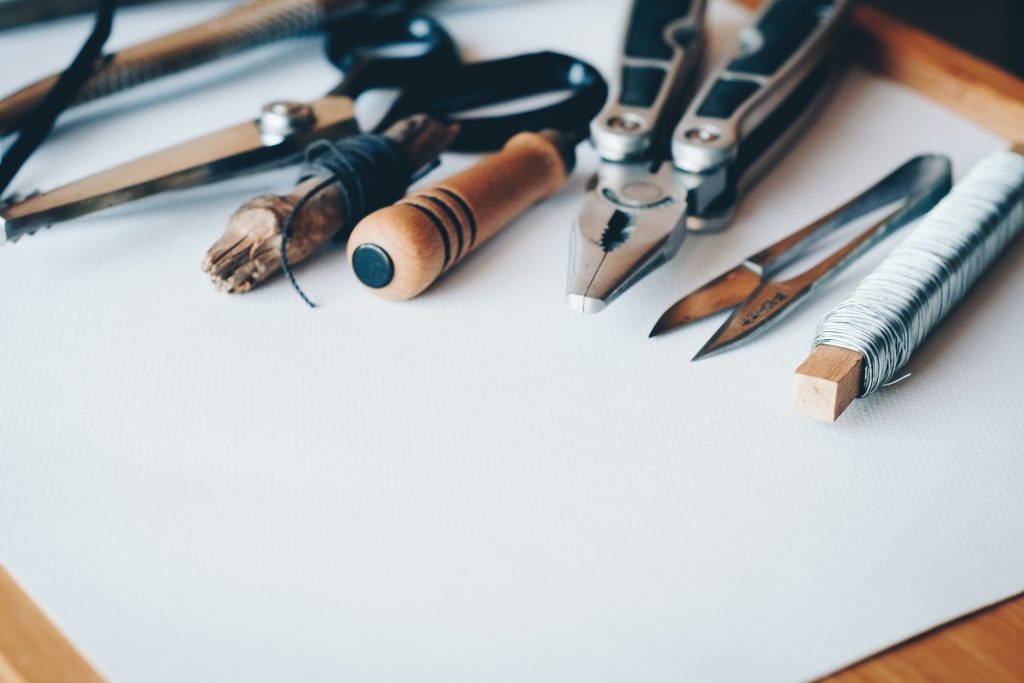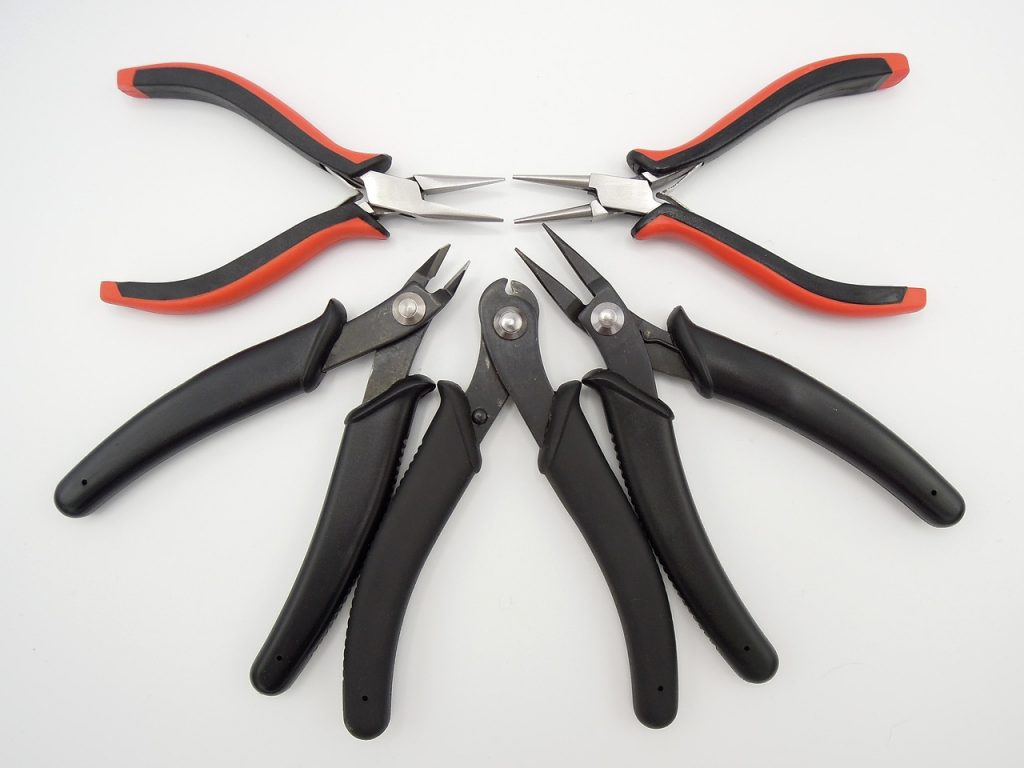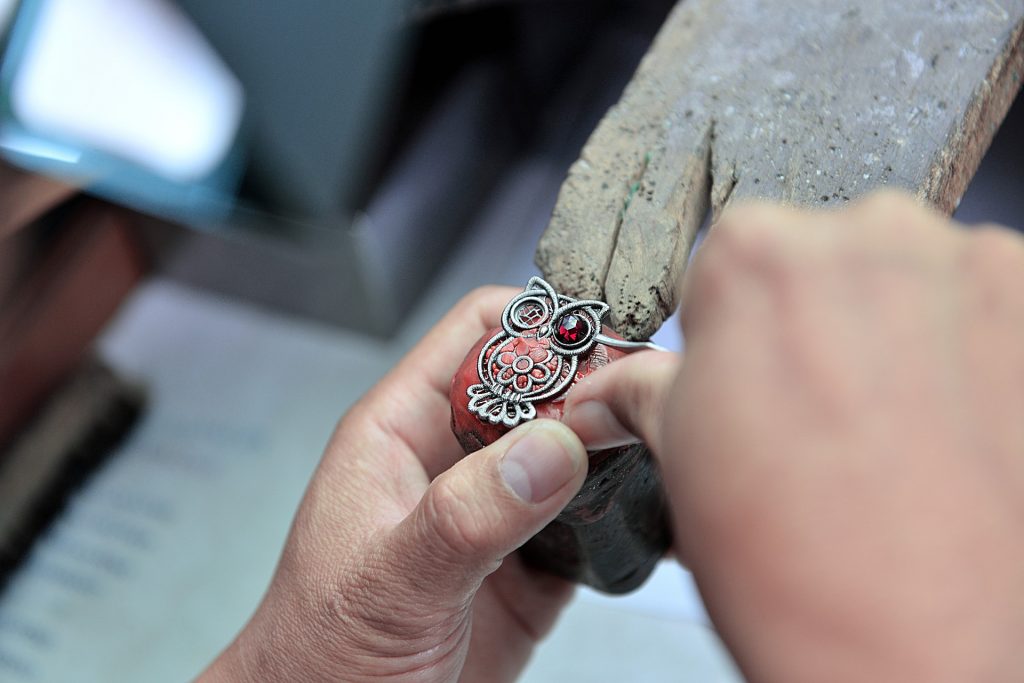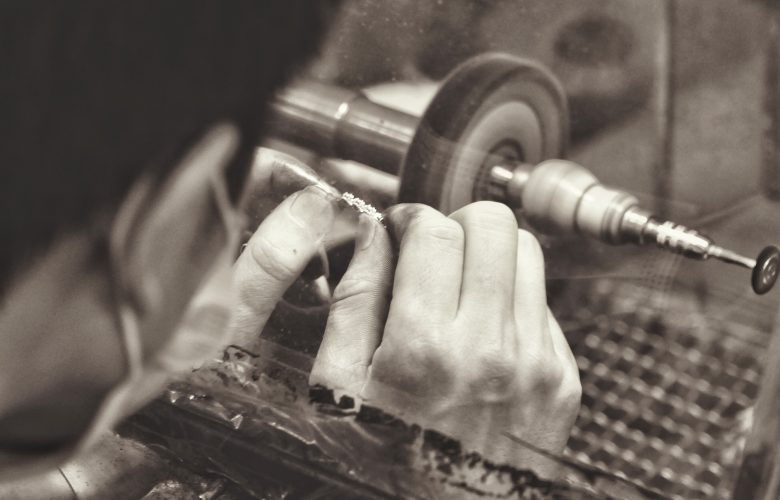Human beings have been decorating themselves with jewelry for thousands of years. Jewelry is one of the oldest archeological artifacts. Ancient Egypt is where it all began about 3000 years ago. Since then, a lot has changed, but still, some silver jewelry making practices remain the same.
These accessories make a statement and highlight status and indicate personal style. Silver is very malleable and reflective as well, which makes it an ideal raw material for making jewelry. This includes rings, anklets, bracelets, earrings such as silver clusters, silver ear cuffs, silver drops, also known as long silver earrings, and plenty more besides.
Jewelry can be mass-produced in a factory, but there is something so satisfying about making your pieces. This is because these tend to be one of a kind pieces. This review will detail the trends, branding, and design inspirations as well as jewelry, making tools and techniques.
Silver jewelry making tools

Most individuals had their first go at making jewelry in junior years when weaving friendship bracelets. Opposable thumbs were used to do this, but they do not quite cut it when small parts such as screws are involved, and this is where tools come into play. Some of these tools include:
Flat nose pliers
Flat nose pliers are the go-to option for silver jewelry making. The non-tapered tip and wide surface area make it easier to hold jewelry wire. If indeed you choose to purchase flat nose pliers, you will need two, one for shaping the wire and one to hold the far end during manipulation. It is crucial to buy pliers with smooth surfaces between the jaws.
Crimping tool
Crimping tool, also known as crimping pliers, are tools that are used to flatten a crimp bead onto the wire slightly. They have special notches found in their jaws that make them ideal for this kind of work. This tool can also be used to secure a clamp at the climax of a project.

Wire cutters
These are a must-have for any individual wanting to forge jewelry. Wire cutters have to be of good quality as there are cheap ones that will wear out quickly, especially when trying to cut thick components. Wire cutters allow you to cut stringing wire and both head and eye pins as well.
Measuring devices
This is the most essential jewelry forging equipment. Rulers used to measure the size of the wires to be able to cut them to a custom length. It is advisable to use transparent rulers for better vision when measuring and cutting
Vernier calipers are also measuring devices usually used to measure the thickness of jewelry to the slightest of measurements in micrometers. This is very crucial as jewelry cannot be forged in similar sizes.
Silver jewelry making techniques
The type of silver jewelry you are making, for instance, rings, earrings, bracelets, and anklets, will determine the best method to be employed when forging the jewelry. Forging techniques include:
Jewelry knotting
This is a technique generally used for beadwork but can also be implemented where metallic components such as silver are involved. Knotting is very crucial for functionality and aesthetics.
Using the right knots makes the strand firm and causes it not to unravel quickly. Metallic jewelry is forged with an incision whereby slipknots can be attached, and the product is now ready to be worn.
Jewelry stringing
This is a technique whereby strands are used either fiber or metallic in making a piece functional. Any jewelry piece such as silver chains has to have something that attaches to the body. This is where the metallic strand comes in.
Jewelry gluing
This is the attachment of various jewelry parts to come up with a final piece. This can occur where a gem is being attached to the frame of the jewelry piece, among others.

Conclusion
To sum it all up, you do not need to order jewelry. You can make your own with simple instruments while using simple techniques.
Featured Image by Karn Badjatia from Pixabay
